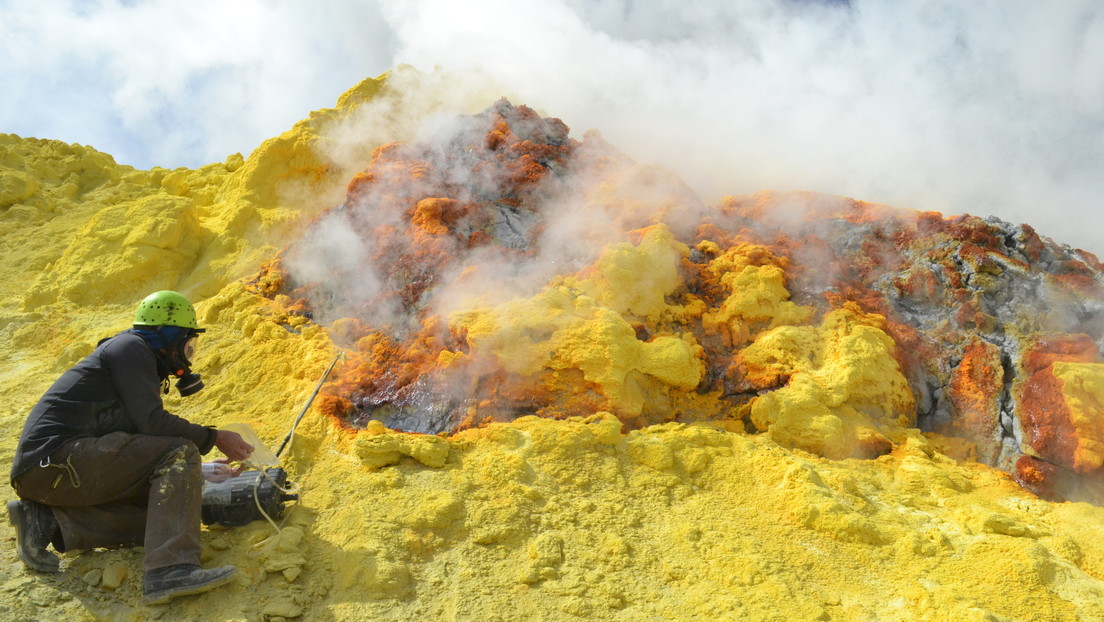Published:
28 July 2021 12:34 GMT
Although more research is needed in this area, researchers believe that their findings could mark a breakthrough in the fight against climate change.
Recently, a team of scientists from the University of Cambridge (UK) and Nanyang Technological University (Singapore) Found A complex tectonic process pulls more carbon into the Earth than previously thought.
This process is called subdivision, and involves the sinking of a lithospheric plate at the edge of another plate, which is called the cohesive boundaries. The composite plate, usually made up of sinking oceanic crust, is thinner and denser than the continent, which carries remnants of organisms and marine shells (carbon storage) to the depths of the planet.
It was previously believed that most of this carbon was returned to the surface and atmosphere by volcanic eruptions, but new results Study, Published in the scientific journal Nature Communications, states that it occurs in only one-third of carbon. The rest will be locked for a long time.
The researchers conducted a series of experiments in which they recreated the extreme pressures and high temperatures of the sub-regions to create extreme conditions occurring inside the Earth and to better understand these processes.
In this way, they found that carbonate rocks are low in calcium and rich in magnesium. This chemical change makes carbonate less soluble, meaning it is not absorbed into volcanic liquids. Instead, almost all the carbonate sinks deep into the mantle, where it eventually turns into diamonds.
“Our results show that these minerals are highly stable and can certainly lock CO2 into solid mineral forms that can cause negative emissions,” said Simon Redfern, a mineralogist at Nanyang Technological University.
Although more research is needed in this area, Redfern concludes that the study results could mark a turning point in the fight against climate change, as they will “help us understand the best ways to seal carbon (artificially accelerate processing) on solid earth, outside the atmosphere.”


:quality(85)/cloudfront-us-east-1.images.arcpublishing.com/infobae/SMPW7M5BQFERBOQUPJXKCOKARY.jpg)
:quality(85)/cloudfront-us-east-1.images.arcpublishing.com/infobae/NP5NEZXMZFGNLBHNEQJHPJVMKM.jpg)

:quality(85)/cloudfront-us-east-1.images.arcpublishing.com/infobae/X7DZAL3I4REJTKPZ4Y4DYBHFMI.jpg)